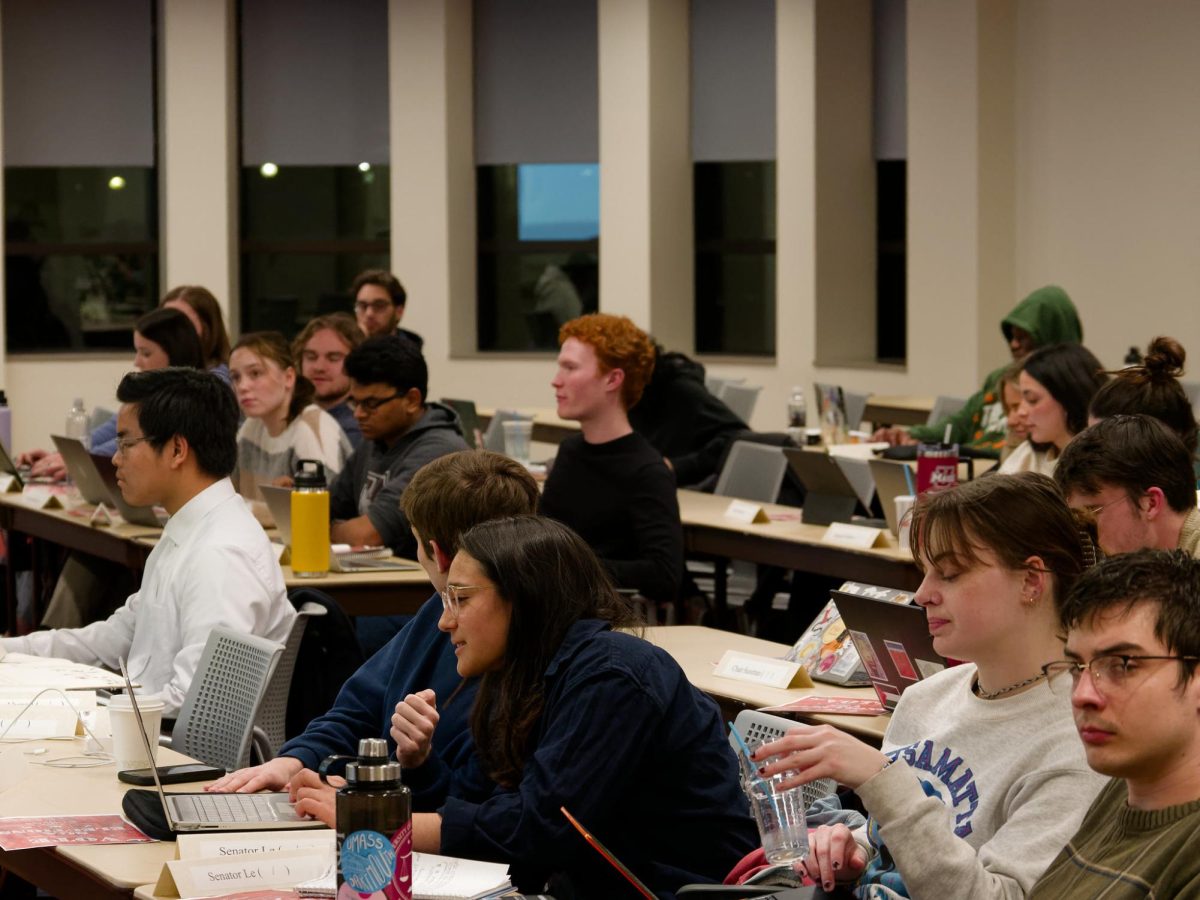Over the summer, a flurry of activity led to the University of Massachusetts Wind Energy Center creating the first wind energy graduate certificate program in the nation – a new mechanical and industrial engineering department program to train doctoral students in offshore wind energy engineering and new research into possible designs for floating wind turbines, according to a UMass press release.

The new 15-credit wind energy certificate program is designed for recent graduates who wish to pursue careers in wind energy industry, according to the release. The program requires participants to complete three core courses through the mechanical and engineering department and two electives.
Topics of the certificate will include aerodynamic analysis, mechanical design, support structure design, electrical aspects of wind turbines, controls, environmental issues and the economics of wind energy. Both online courses and traditional lectures will be available.
According to the release, the Wind Energy Center was founded in 1972 making it the oldest academic wind energy program in the United States.
After receiving a $3.2 million grant from the National Science Foundation, the College of Engineering, College of Natural Sciences, School of Management and College of Social and Behavioral Sciences have teamed up to create the Integrative Graduate Education and Research Traineeship (IGERT) for doctoral students.
The program takes a holistic approach to the challenges of offshore wind farms analyzing the technological challenges, the environmental implications and the social, economic and regulatory challenges, according to the release.
The Department of Energy’s National Renewable Energy Laboratory approximates the over 1,000 gigawatts of energy could be generated by winds 50 miles off the U.S. coastline. That is more than twice the 436 gigawatts of national average electricity consumption in 2005, according to the release.
However, wind farms face public opposition, most notably from the Cape Wind project. The first offshore wind farm was proposed in the U.S. in early 2000s, but no progress has been made due to this opposition.
Working to solve the issues of public opposition, Matthew Lackner and Yahya Modarress-Sadeghi of the Mechanical and Industrial Engineering Department are developing floating wind turbines.
Lackner and Modarres-Sadeghi received a three-year, $167,000 grant from the Clean Energy Center to design and create an economic analysis of two-blade, downwind, offshore, floating wind turbines, according to the release.
“We want to find the common ground between light, cheap, flexible and stable two-bladed turbines,” said Lackner in the release. “We are looking for the best of all possible worlds.”
Situated far from land, floating turbines have several engineering issues that Lackner and Modarress-Sadeghi hope to resolve. The turbines need to be light with flexible blades. However, if the blades become too flexible, they can slam into the turbine tower.
“There is always the potential that the combination of the aerodynamics and the properties of the structure itself will create oscillations that grow until they are basically out of control,” Lackner said. “If you didn’t take this kind of instability into account during your wind turbine design stage you might get an unpleasant surprise.”
– Collegian News Staff












